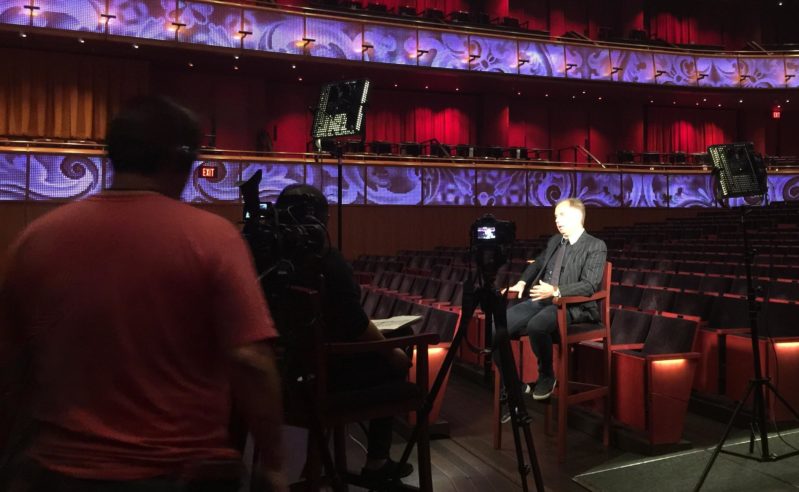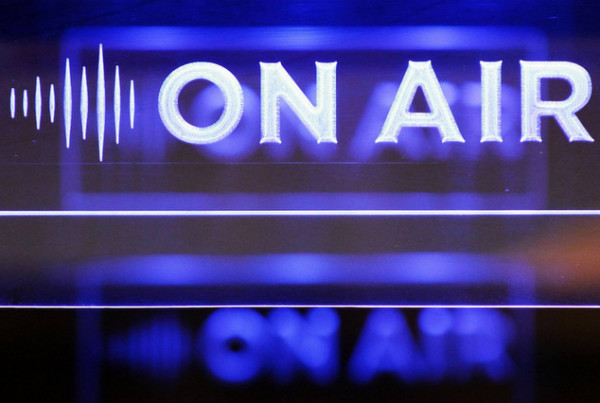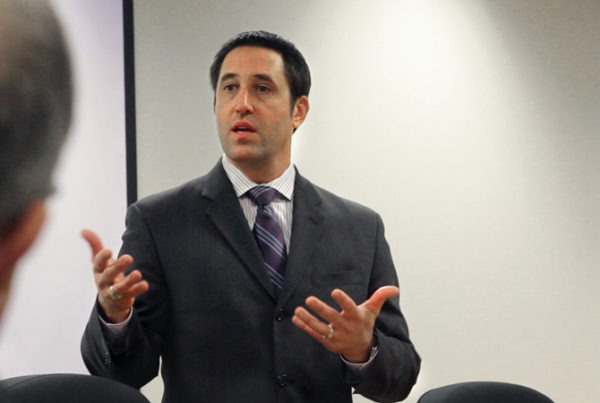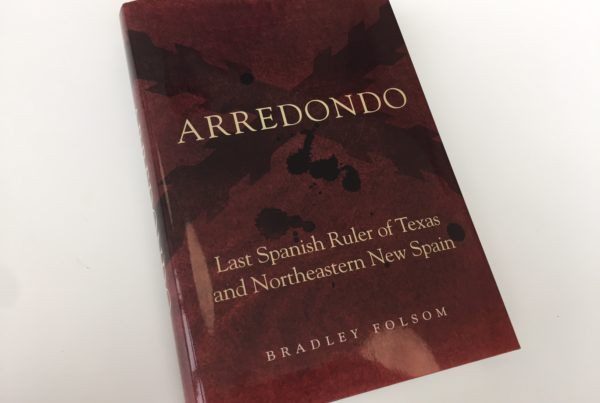From TPR:
It’s been a year since the San Antonio Symphony took some dramatic steps to make the organization financially stable. So how is the symphony doing now?
In March 2016, the symphony announced it would balance its budget by reducing the number of performances. Musicians agreed to a three week furlough — time off without pay. San Antonio Symphony CEO David Gross didn’t like having to make that move.
“Having been a musician I understand the sacrifice. Sebastian and myself took similar reductions in our pay,” Gross says.
He and Music Director Sebastian Lang-Lessing also took proportional pay cuts. Gross had, in years past, been a union percussionist with other symphonies where he negotiated musician contracts as a union member. He says the musicians are, by contract, paid by the week. The furlough reduced their 32-week year to 29 weeks.
“Our peer orchestras are working 39-40 weeks a year, and there’s no reason why this great orchestra shouldn’t have that many weeks,” says Bassoonist Brian Petkovich of the local musicians union. “There are a number of orchestras that are paid 52 weeks. The Dallas Symphony and the Houston symphony are.”
Petkovich says San Antonio musicians are providing quality performances for a fraction of the salary earned by musicians in other cities.
“Most cities San Antonio’s size have full-time professional orchestras. Actually, I can’t think of one that doesn’t,” he says.
The starting wage for San Antonio musicians is about $35,800. The three-week furlough reduced it to $32,500. The symphony’s passionate music director, Sebastian Lang-Lessing, vented about the lack of musician support in San Antonio.
“Quite frankly, does anybody think that making $30,000 a year is an exuberant income? I don’t think so,”Lang-Lessing says. “I don’t think anyone can argue that these people are greedy, they should earn less. It’s insane. Why are we not honoring our musicians in the right way? Look, compare Dallas, Houston, Ft. Worth, San Antonio, where we rank. It’s not half. It’s not a third of Dallas, and what they make.”
Lang-Lessing is right. The beginning salary for a Dallas Symphony musician is upwards of $90,000 a year. It’s nearly the same in Houston. Ft. Worth Symphony musicians earn about twice what musicians earn in San Antonio.
Gross says the symphony sounds great, the Tobin Center is a wonderful hall to play in, and concerts are well attended. But when it comes to funding there’s one big, missing ingredient.
“The endowment,” Gross says. “No question. Most orchestras have three funding streams in order to balance that budget.”
Those three streams are ticket sales, gifts from foundations and donors, and then earnings from the endowment. Endowments are big bank accounts often funded through a sizable philanthropist donation. Those monies are invested and the interest provides a reliable cushion that helps pay symphony expenses.
“Even if we can get 20 percent of total revenues that would be outstanding. It takes pressure off of us,” he says.
In other words, if 20 percent of the symphony’s operating costs were covered by endowment interest the San Antonio Symphony would be in better shape. Gross says the rule of thumb for endowments is that an organization should have banked about three times its annual budget. The San Antonio Symphony’s yearly budget is $7.6 million. It’s endowment?
“Oh, it’s roughly just under $2 million,” he says.

















